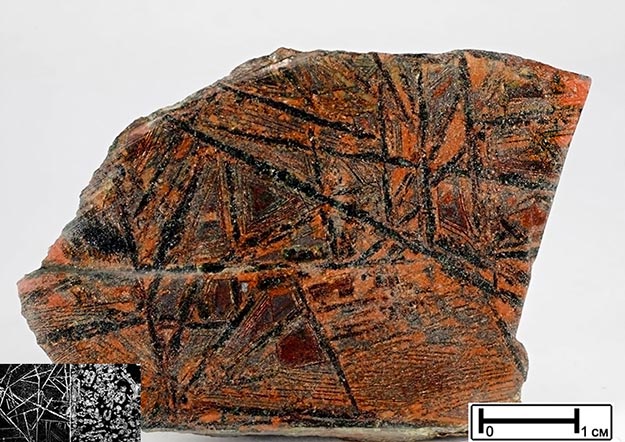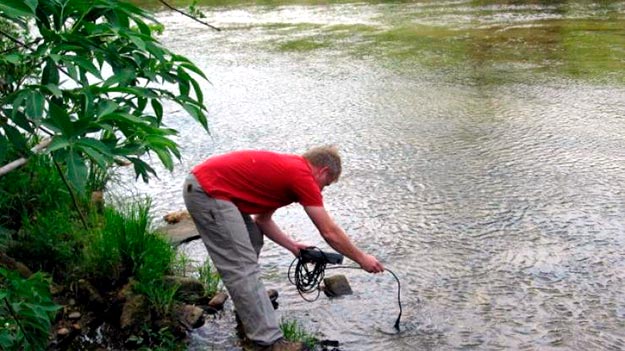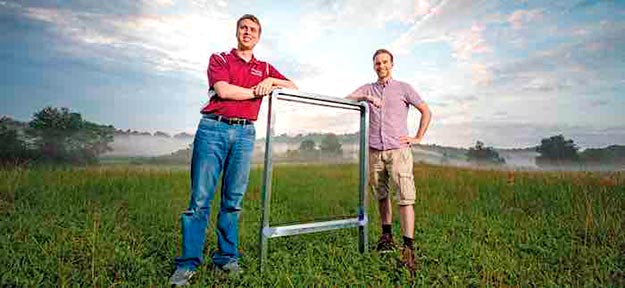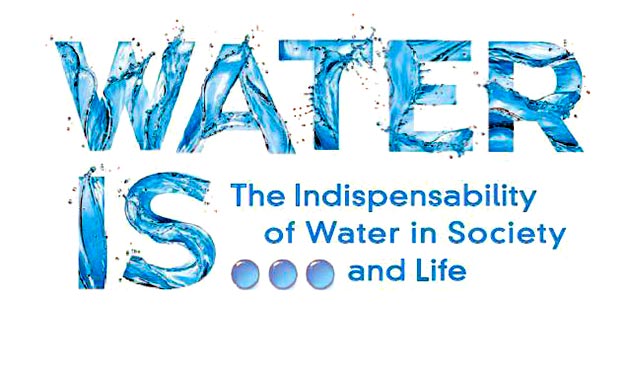Water strongly influences the physical properties of the mantle and enhances its ability to melt or convect. Its presence can also be used to trace recycling of surface reservoirs down to the deep mantle1, which makes knowledge of the water content in the Earth’s interior and its evolution crucial for understanding global geodynamics.
Komatiites (MgO-rich ultramafic magmas) result from a high degree of mantle melting at high pressures2 and thus are excellent probes of the chemical composition and water contents of the deep mantle. An excess of water over elements that show similar geochemical behaviour during mantle melting (for example, cerium) was recently found in melt inclusions in the most magnesium-rich olivine in 2.7-billion-year-old komatiites from Canada3 and Zimbabwe4. Read more





